And the Oscar for most Woke Period Drama goes to… Mary Queen of Scots (although The Favourite ran it a close second).
The woke checklist
Women as the heroines (but still victims oppressed by the patriarchal society) – check.
Men dressed in black as misogynistic rulers of the patriarchy – check.
A suitably racially diverse court – check.
Religious tolerance – check.
Promoting gender fluidity – check.
White middle class liberal feminist dialogue – check.
Explicit sex scenes – check.
This film has it all. All the boxes are ticked. All that is missing are the wind turbines on the Scottish mountains proving that climate change awareness is centuries old.
Which is a shame – because as a Scot with more than a passing interest in the history of my own country, I was looking forward to this latest cinematic telling of the story of one of our most fascinating characters, Queen Mary and her English cousin, Elizabeth.
Lets begin with the positives. The scenery was great (this is after all Scotland). The acting is also good – especially Saoirse Ronan as Mary and Margot Robbie as Elizabeth. But, unless you want to see a sixteenth century version of The Handmaid’s Tale, Mary Queen of Scots has little else going for it.
Hysterical history
After the opening scene the film descends into the kind of historical farce that makes Mel Gibson’s Braveheart seem like a documentary. It is a dramatic reinterpretation of John Guy’s dramatic reinterpretation of the story of Mary (Queen of Scots: The True Life of Mary Stuart). As such it is, to put it mildly, somewhat historically inaccurate.
The battles scenes are pathetically re-enacted – coming across more like a couple of small street gangs having a go, than major battles. In Josie Rourke’s (the director) version of sixteenth century Scotland there are only castles, rivers and mountains. We see no villages, no towns and no cities.
Some are more equal than others
It’s strange that in a film supposedly signalling the virtues of equality there are almost no ordinary people (apart from a few crazy eyed religious zealots listening to John Knox and some Gaelic speaking Highlanders being charmed by their French Queen). The question that also crosses my mind is why in this age of equality, are modern liberals celebrating hereditary monarchy – the ultimate in birth privilege?
But never fear – we know this film is for equality because the courts of both Mary and Elizabeth are turned into racially diverse ones – despite the fact that in a population of some five million in England and Scotland in the sixteenth century there are only records of 360 people of African origin.
It seems strange that at a time when liberals are concerned about a non-transgender person playing a transgender one, they have no qualms about Lord Randolph, Elizabeth’s ambassador to Scotland, being portrayed as an African. Or Queen Elizabeth, despite her racist views, having an Asian lady in waiting. I guess the quotas had to be filled. But if that’s the case I want to protest that it did not go far enough. If an African-American actress had played Mary then we would finally have arrived at the ultimate Hollywood version of equality!
Down with the patriarchy
According to one review the differences between Mary and Elizabeth are “exploited by the patriarchal system which surrounds them”. The same review went on to say that all good period dramas reflect the present – “This story of two independent, complex women challenged at every step by the men surrounding them feels very contemporary and strikingly relevant today”.
But that’s the problem. I want to see a film about Mary Queen of Scots, the sixteenth century and all the complexities involved. I don’t want to see, as another reviewer put it, “a woke queen, spouting proto-feminist dialogue, keeping a racially diverse court, embracing all religions and her courtiers’ gender fluidity.”
If you want to know about Mary Queen of Scots you should read Antonia Fraser’s biography of the same title. On the other hand if you want to know about contemporary society then this film is as good a guide as any.
Some of the dialogue is cringeworthily bad.
“You have not betrayed your nature” Mary tells David Rizzio after catching him in bed with her new husband, Lord Darnley. When Rizzio dresses up as a woman she tells him. “Be whoever you wish with us, you make for a lovely sister”.
“I shall be a man” declares Elizabeth – as she prepares to incite civil war in Scotland – something of course which no woman would do.
“How cruel men are!”
“Sisters do not betray sisters”
“I know that your heart has more within you than the men that counsel you”.
Religious bigotry
While Mary Queen of Scots is spot on if you buy into the whole rewrite of history as a patriarchal narrative, when it comes to religion it is shallow and superficial in its understanding. There is no exploration of Mary’s deep Catholic faith – and the caricature of John Knox’s Presbyterianism is so bad that I feel if David Tennant had played his most famous character – Dr Who – instead of Knox it would have been more realistic! In its ignorance and virtue signalling the irony is that this is a film which promotes religious bigotry and intolerance – all in the name of tolerance.
As a Scot this film depressed me. I wanted to scream out that we are not as the film portrays. And then the thought struck me – what if we are? This is not a film that reflects Scotland in the sixteenth century but it is a film that reflects the regression of Western culture today – silly, superficial and shallow.
God have mercy on us.
Illustration: Focus Features/Working Title Films/Perfect World Pictures/Universal Pictures.
Got something to add? Join the discussion and comment below.
Got something to add? Join the discussion and comment below.
Get 10 issues for just $10
Subscribe to The Spectator Australia today for the next 10 magazine issues, plus full online access, for just $10.

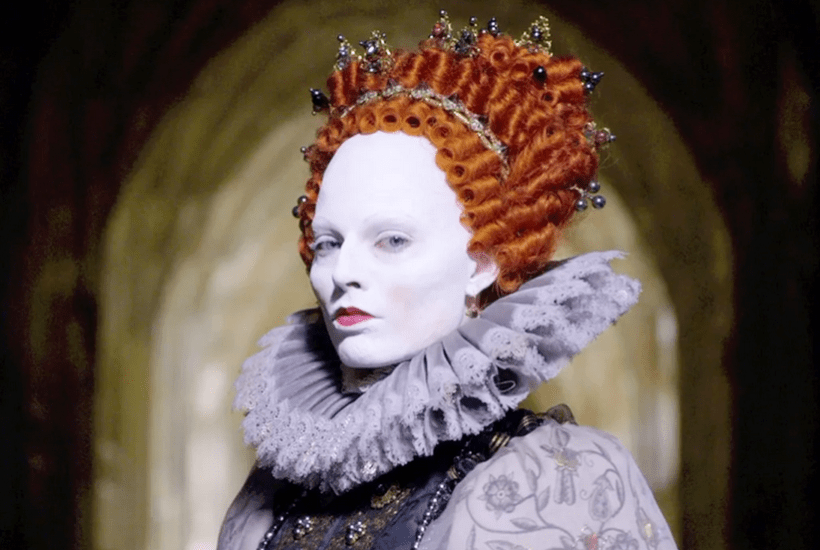
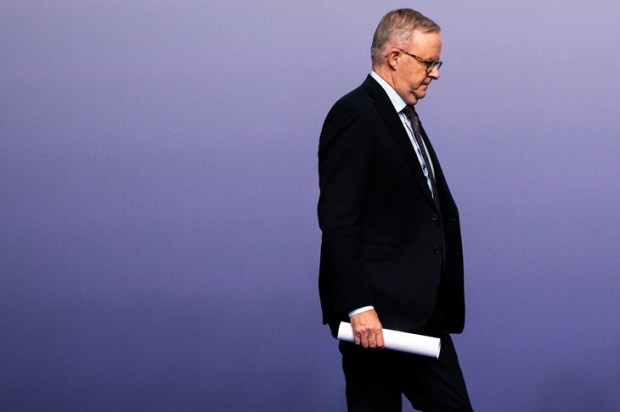
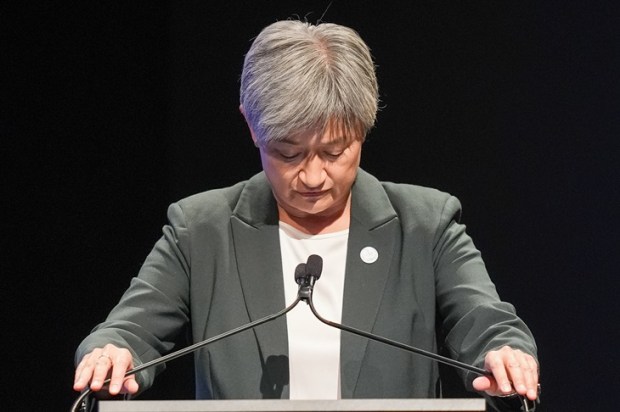
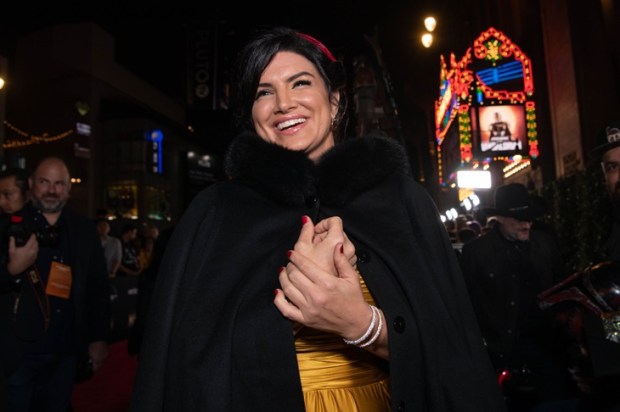
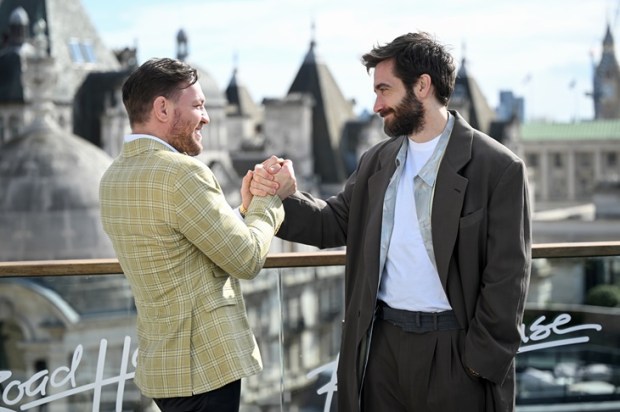
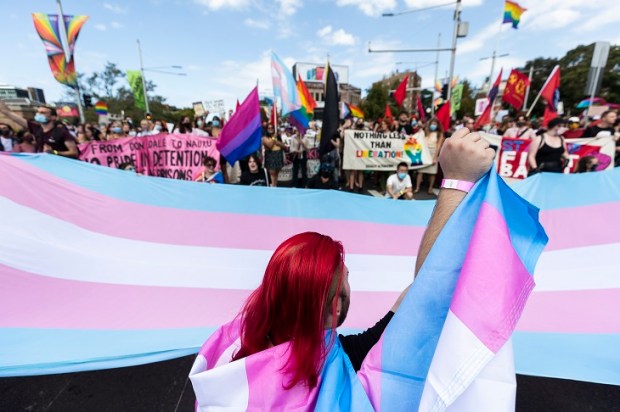












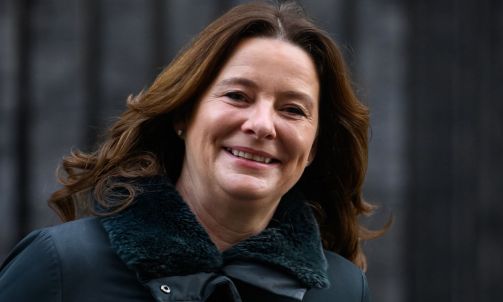






Comments
Don't miss out
Join the conversation with other Spectator Australia readers. Subscribe to leave a comment.
SUBSCRIBEAlready a subscriber? Log in